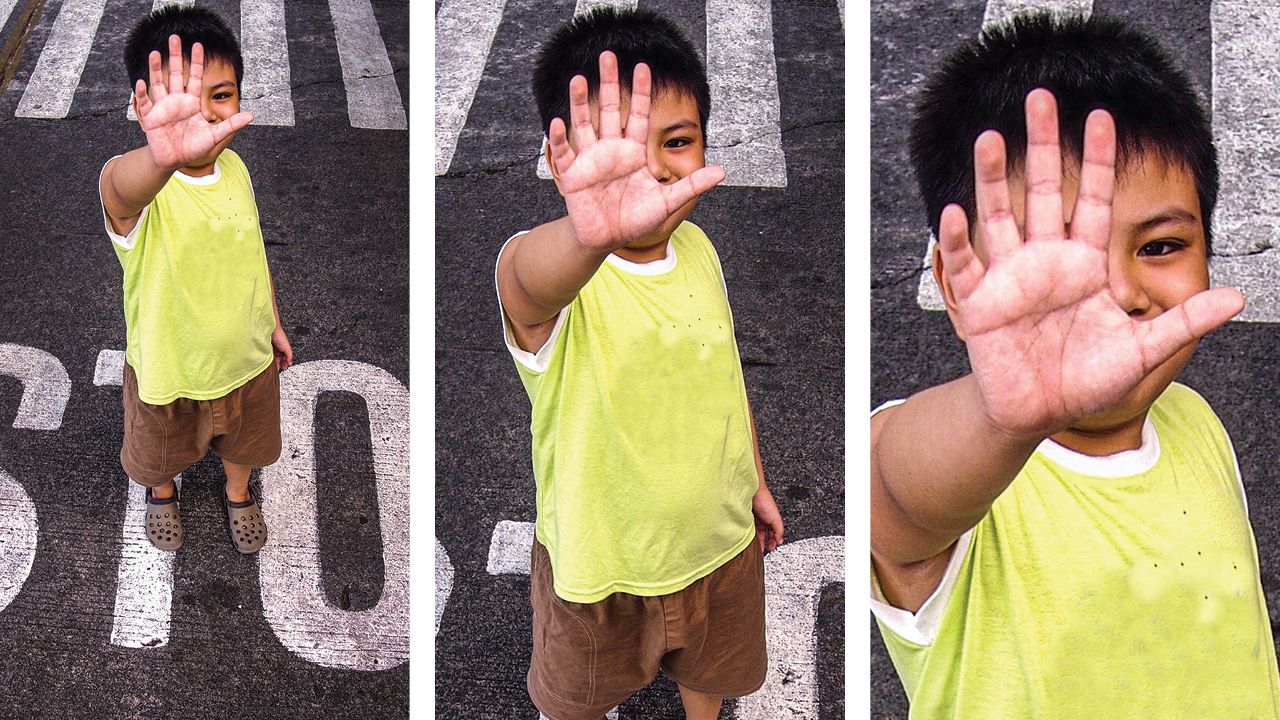
Since you may have forgotten, let me repeat this. Indian Government 2019 data shows that National and State highways contribute to over 60 per cent of the annual 150,000-plus road fatalities in India. And they account for only FIVE per cent of our total road network. Doesn’t it make sense then to pay attention to our highways? And good infrastructure is not enough, our driving habits need to be good too. Yeah, right.
We all are aware of what constitutes safe driving, but does that awareness translate to action? You could give a test now on safe driving and get 10 out of 10 marks, but you will still stomp on the throttle pedal when you see that amber traffic light. No wonder road safety messages are ineffective – what’s the point of teaching us all-knowing Indians? This is known as the Awareness-Action Gap. Similarly, we have the intent to drive carefully – for example, you strongly believe drinking & driving is stupid. And yet, on some days, your resolve weakens. This is called the Intent-Action Gap, where you have the intent, but don’t follow through at the point of action. These two gaps are the biggest challenges in addressing road safety.
So how do you tackle these gaps? That’s where behavioural science comes in, which says that human behaviour is substantially influenced by non-conscious processes. Essentially, our actions may look deliberate, but they are the outcome of a staggering variety of processes that take place deep in our consciousness. Driving is typically a non-conscious activity, and to make you change your behaviour, it needs to work at this deep consciousness.
This is a lot of theory, but how does it translate into practice? Final Mile Consulting, a behavioural science firm, worked on various interventions across different highways in India, which turned out to be highly effective in bringing down collisions, as you would have read in the first part of my column (available at autox.com). And these worked in diverse regions of our country too. What were they?
White lines were painted across the width of the highway approaching an intersection or a blind spot. Their width and the distance between them were reduced as one approached closer to the point. This broke the monotony, as well as created the perception that the white lines are moving faster, thereby giving the sensation to the driver that he was over-speeding, which in turn led him to unconsciously shed speed. More effective than ‘Accident Spot Ahead’ right? Final Mile also had lines painted on curves indicating the trajectory of the road – these inclined lines directed movement to the driver, while their sharp contours heightened attention, plus added a bit of threat that you need to correct your trajectory.
To caution a driver that he was approaching a blind spot, another intervention used three images, one after another at specified intervals, of a man in a car in a state of shock, as if he was going to be hit by another car. The three images were zoomed into the man’s face in sequence. Similarly, another one before a pedestrian crossing, used three images, in sequence, of a child holding up his hand while crossing the road, again zooming in on the child as the driver approached the crossing.
Similarly, fatigue sets in while driving but drivers typically ignore this or are unaware. To bring attention to the fact that the driver may need a break, images were used showing a man splashing water on his face or a glass of tea – these not just prodded the driver to take a break, but it also drew the co-passenger’s attention.
Biju Dominic of Final Mile explains, ‘Usually, road signs are singular. Also, reading is a cognitive load. Since human images trigger mirror neurons, which enable us to empathise, we used images instead. We harnessed the power of three, as repetition strengthens synaptic connections. Also, by using images, we could be language agnostic too.’ In normal English, what Biju is saying is that pictures are universally understood by all, repetition drives home the message effectively and seeing other humans and children makes us more sympathetic compared to a cold alphabetical message. He adds, ‘The brain is an anticipating machine. By helping future seeing, you reduce the processing time and can anticipate a crash in milliseconds. This earlier perception of risk makes you change your driving behaviour at the most critical points of the highway.’ What he is saying is that if you visualise the consequences of your actions, you will change your ways – unconsciously and quickly.
These are simple yet effective measures that can be applied across our highway network. It’s not rocket science, but behavioural science.
Read more:
Behavioural science helps bring down road crashes & save lives























Write your Comment